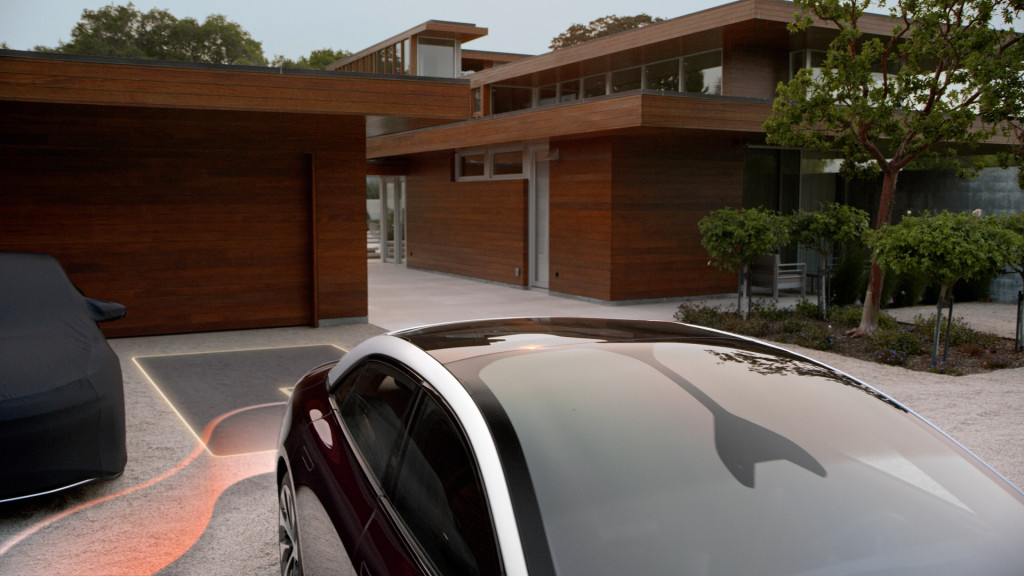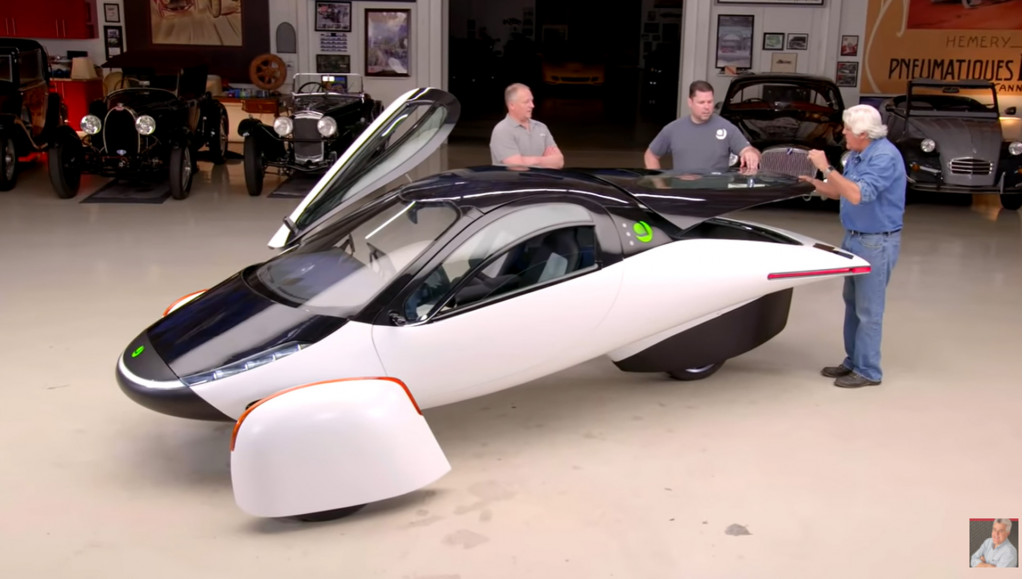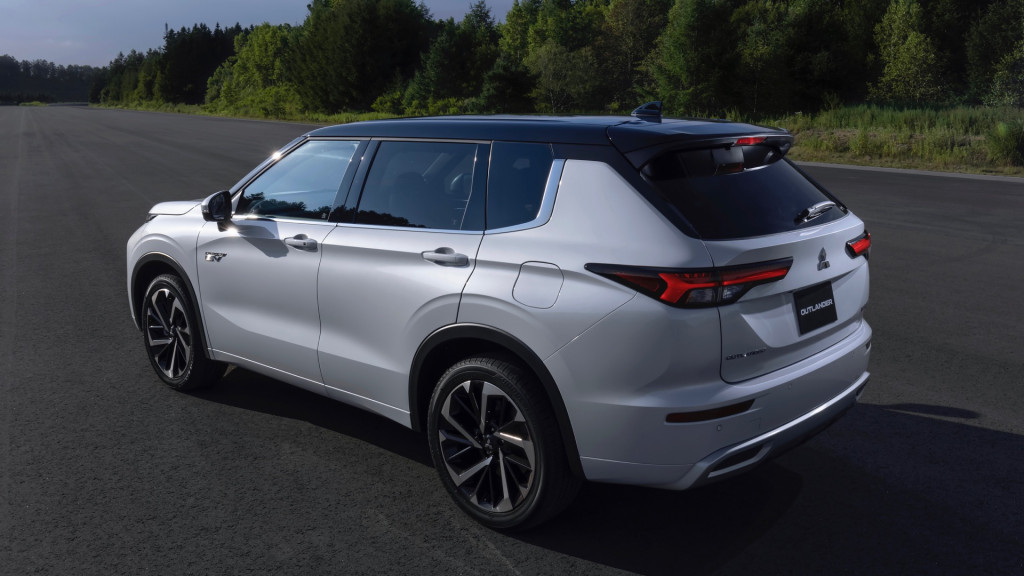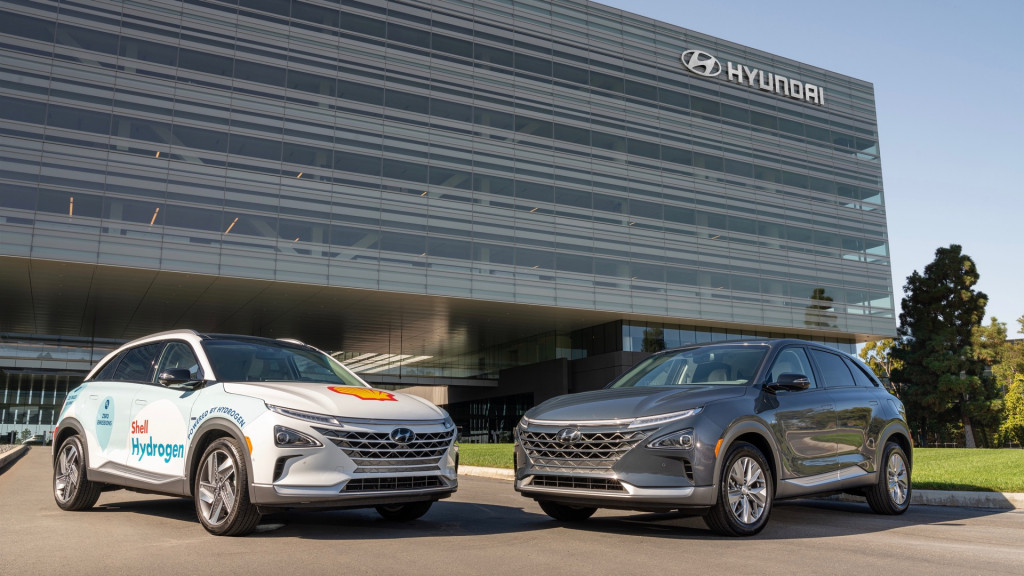Why do automakers using cylindrical battery cells boast longer driving ranges?
What ingredient in whiskey might be good for EV battery materials?
This is our look back at the Week In Reverse—right here at Green Car Reports—for the week ending October 15, 2021.
This week we drove the quickest version of the Ford Mustang Mach-E yet, called the Mach-E GT Performance, and found it very satisfying even though we think serious enthusiasts will be wanting more out of its handling and dynamics.
2021 Ford Mustang Mach-E GT Performance
Ford is sending its own network of “charge angels” out to places with problematic fast-charging stations, to help give networks a nudge ahead of next year’s launch of the F-150 Lightning electric pickup.
We also extended some reporting and analysis on Lucid, after spending some time with its executive team a few weeks ago. With its emphasis on technology and efficiency and different priorities than other EV startups, is Lucid the first true rival to Tesla? And Lucid, Rivian, and Tesla each use cylindrical cells and top their respective classes for range. Is this coincidence? We looked at what a few automakers have said about their format choices—and considered Rivian’s disclosure, as part of the paperwork associated with its IPO, that it is considering manufacturing its own batteries.

Lucid Air DreamDrive
Lucid this week also revealed more about its suite of DreamDrive driver-assistance features—including premium DreamDrive Pro hardware, with lidar, headed to top Dream Edition and Grand Touring models.
We looked at updated production specs for the 2022 BMW iX electric SUV, which is shaping up to be a rival for the Audi E-Tron SUV and Sportback. There still aren’t any range ratings out for this model, due in early 2022, except a continued EPA prediction of “around 300 miles.”

Jay Leno checks out a prototype for Aptera’s 1,000-mile electric vehicle
How does the 1,000-mile, “never charge” Aptera three-wheeled EV drive? Jay Leno was able to find out—and show us in a drive of the prototype this week. And the company still claims returns of up to 40 miles a day in Southern California just from the sun.
Mitsubishi provided a first look at the 2023 Outlander Plug-In Hybrid this week, and photos revealed more driving modes and perhaps more off-road ability. We already know that it will offer more than the 26 electric miles of its predecessor.

2023 Mitsubishi Outlander Plug-In Hybrid
GM announced Tuesday that it had reached an agreement with LG Electronics over battery defects that have led to the recall of the Chevrolet Bolt EV for fire concerns. LG will offset $1.9 billion of the $2.0 billion of charges associated with the recalls—effectively covering the effort as mapped out at this point, although GM hasn’t yet started replacing packs.
Hyundai has teamed up with Shell for passenger-vehicle hydrogen infrastructure in the U.S. Specifically, so-called Project Neptune will construct 48 hydrogen stations and upgrade two existing ones; the work starts this year.

Hyundai Nexo crossovers promoting Shell hydrogen-infrastructure partnership
Solid Power, backed by Ford and BMW, this week released third-party tests that it says show its solid-state battery tech to be safer than current lithium-ion tech. The next step is to size it up to the large-format pouch cells that Ford especially plans to use in the future. And in other news of battery innovation, the battery supplier CATL is providing its cell-to-pack technology for the fleet-focused electric van from ELMS, with final assembly in Indiana; the model will also offer battery-swapping tech via the startup Ample.
Farther out, there was news that peat, which is typically used as a fertilizer or for flavoring whiskey, might possibly be used as a source of raw materials for affordable sodium-ion EV batteries. So claim researchers in Estonia—although there’s no sign that the process is close to commercially viable yet.
Honda recently paralleled Tesla in some unexpected ways. The Japanese automaker revealed it’s working on avatar robots and rockets—although its 2030s timeline is quite a bit different than Tesla’s 2023 Bot prototype.

Lyft car picking up a rider
Researchers at Carnegie Mellon University have found that the damning effects of ride-hailing services like Uber and Lyft go well beyond the extra emissions of the “deadhead miles” covered on the way to and from rides; there are social costs of more congestion, crashes, and noise, too.
And last weekend we considered a string of caveats behind Toyota’s Guinness World Record for the longest distance driven by a hydrogen fuel-cell vehicle—845 miles, with just 12.4 pounds of hydrogen, albeit driving very slowly.
_______________________________________
Follow Green Car Reports on Facebook and Twitter

buy lasuna medication – buy lasuna tablets buy himcolin pills for sale
besivance online – purchase sildamax generic oral sildamax
gabapentin 600mg ca – cheap azulfidine 500 mg order generic sulfasalazine 500mg
where to buy probenecid without a prescription – buy monograph no prescription buy carbamazepine 400mg online
buy celecoxib 200mg for sale – where to buy indocin without a prescription cost indomethacin
colospa usa – buy cheap generic mebeverine buy pletal 100mg sale
purchase diclofenac for sale – voltaren pills buy aspirin sale
order rumalaya generic – cheap shallaki generic amitriptyline generic
mestinon 60 mg generic – order pyridostigmine 60mg azathioprine 50mg over the counter
order baclofen generic – baclofen pills oral feldene 20mg
meloxicam 7.5mg drug – order mobic 15mg pills buy ketorolac medication
buy cyproheptadine 4 mg generic – periactin uk buy tizanidine online
order trihexyphenidyl generic – trihexyphenidyl for sale emulgel purchase online
order isotretinoin 40mg online – purchase isotretinoin pill order deltasone 10mg sale
order deltasone 10mg sale – buy prednisone 10mg for sale purchase permethrin online cheap
buy permethrin generic – benzoyl peroxide online buy buy retin cream generic
buy betnovate 20 gm generic – purchase adapalene without prescription monobenzone where to buy
cost flagyl – oral flagyl 200mg cenforce 100mg pill
purchase amoxiclav pill – clavulanate pills levothroid order
cleocin 150mg for sale – purchase indomethacin for sale buy indocin 50mg for sale
buy hyzaar – buy cephalexin pill order keflex 125mg online
crotamiton online order – bactroban ointment tablet aczone order
provigil 100mg ca – buy generic melatonin melatonin over the counter
order zyban 150mg generic – ayurslim buy online buy generic shuddha guggulu
xeloda 500mg for sale – capecitabine buy online danocrine order online
order prometrium 100mg sale – generic clomid 100mg where to buy fertomid without a prescription
alendronate 35mg oral – brand medroxyprogesterone 5mg buy generic medroxyprogesterone 5mg
order cabergoline 0.5mg online – order premarin 600 mg for sale order alesse online
гѓ—гѓ¬гѓ‰гѓ‹гѓігЃ®иіје…Ґ – г‚ёг‚№гѓгѓћгѓѓг‚ЇйЂљиІ© 安全 г‚ёг‚№гѓгѓћгѓѓг‚ЇйЊ 500mg еј·гЃ•
жЈи¦Џе“Ѓгѓђг‚¤г‚ўг‚°гѓ©йЊ гЃ®жЈгЃ—い処方 – г‚·гѓ«гѓ‡гѓЉгѓ•г‚Јгѓ« гЃЇйЂљиІ©гЃ§гЃ®иіј г‚їгѓЂгѓ©гѓ•г‚Јгѓ« еЂ‹дєєијёе…Ґ гЃЉгЃ™гЃ™г‚Ѓ